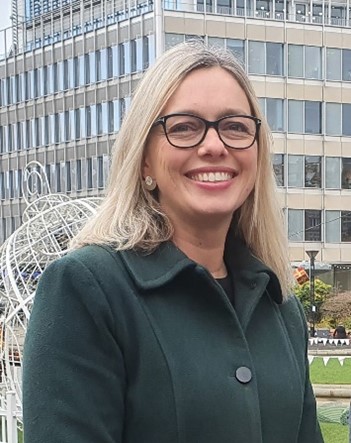Only 18 of the 382 local councils across the UK have minimum gender representation parity, according to analysis by the Fawcett Society and Democracy Club in the run up to local elections in May - that is fewer than 5% of councils.
The analysis highlights a lack of female representation in local authorities. According to a snapshot taken in summer 2022, just 36% of the 19,212 elected councillors across the UK are women. Meanwhile, the overwhelming majority (95%) of local authorities are dominated by men.
The data also shows that the proportion of female elected representatives in 2022 was only 2 percentage points higher than in a snapshot taken in 2018
At a regional level, no council has gender parity, with London the highest, at 45% female, and Northern Ireland the lowest, at 26%.
Fawcett Society chief executive Jemima Olchawski said progress on women’s representation in local government "is moving at a snail’s pace".
“Women are significantly impacted by decisions made at the local level and are more likely to rely on the services our councils run, from social care to social housing. That such a vast majority of local councils are male-dominated diminishes public life.
“Government, local authorities and political parties need to take action and record diversity data, set targets for women’s representation alongside other protected characteristics, and make being a local councillor more accessible to those with caring responsibilities.”
In its report, the Fawcett Society calls for government, political parties and local councils to act to increase women’s representation on local councils. For example, by implementing parental leave policies, to make being a councillor more accessible to those with caring responsibilities, ensure that caring and dependency allowances reflect the real cost of childcare and are accounted for separately from ‘main’ members’ allowance, and pilot alternative ways of working including online and hybrid engagement.
The report also suggests introducing quotas or targets for increasing women’s representation alongside representation of other protected characteristics.







